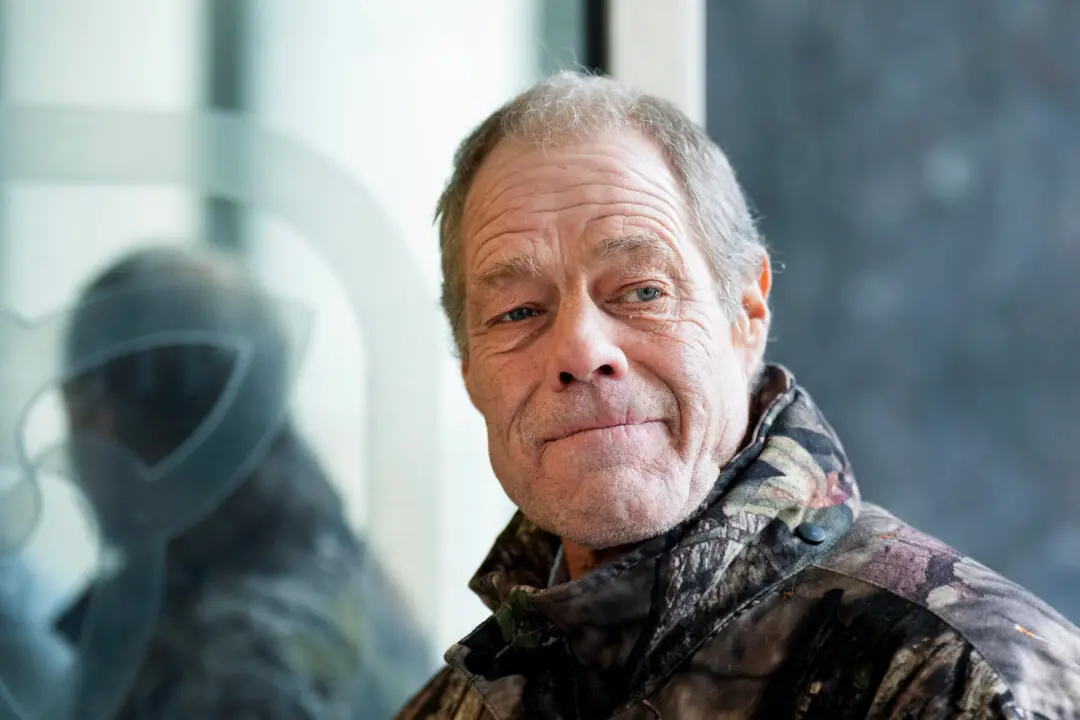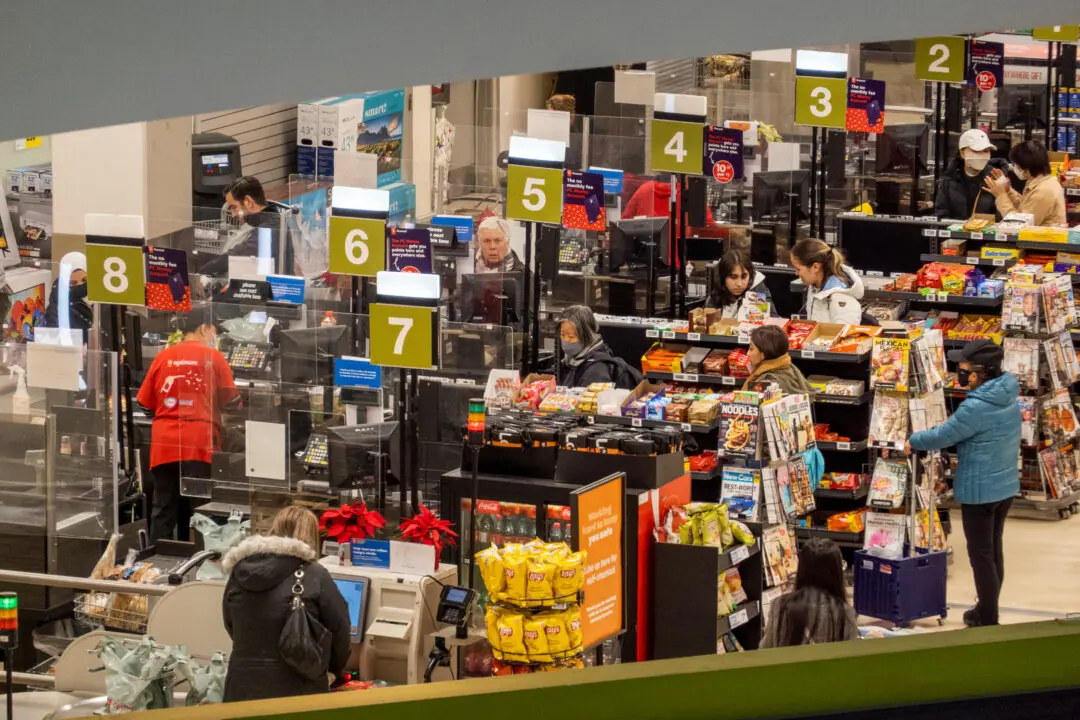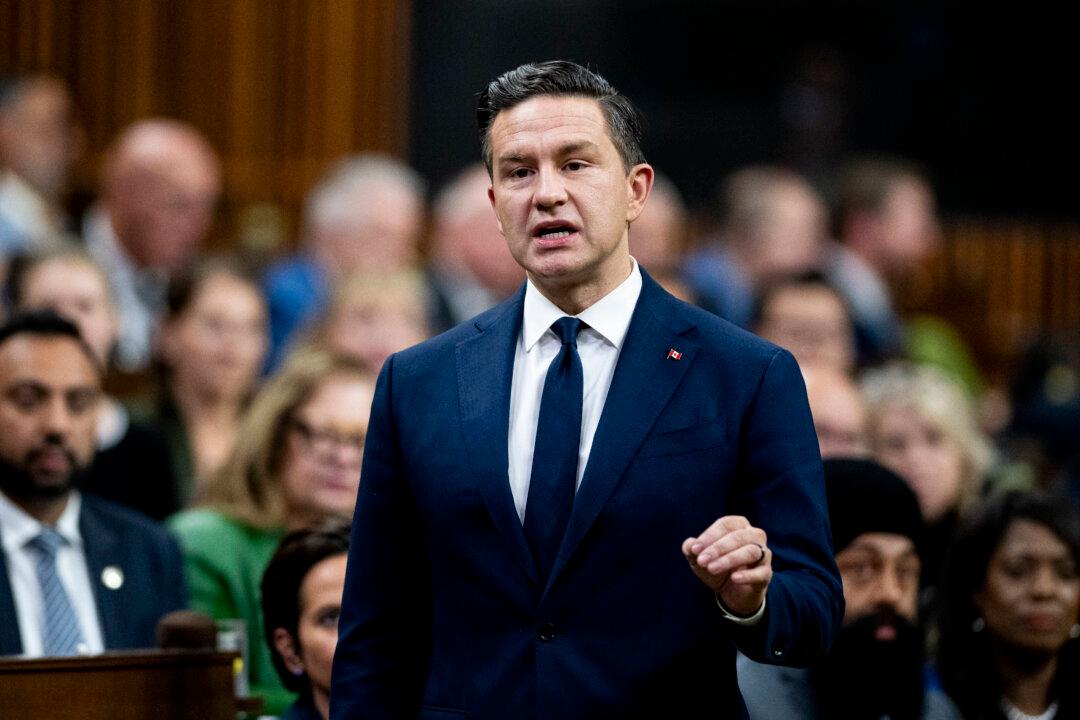Alberta’s growing population has prompted the provincial government to table legislation to add two new seats to the legislature for the next election.
Justice Minister Mickey Amery has proposed changes to the Electoral Boundaries Commission Act calling for the creation of two new electoral districts prior to the 2027 general election. The change would bring the seat tally up to 89 from 87.





